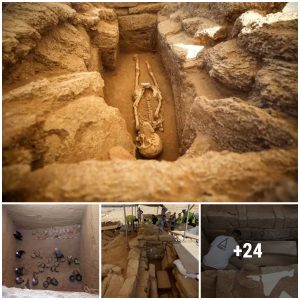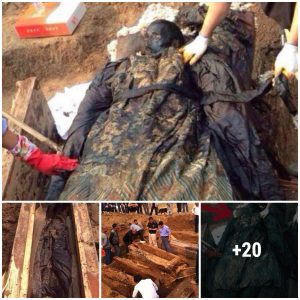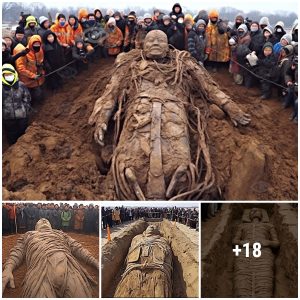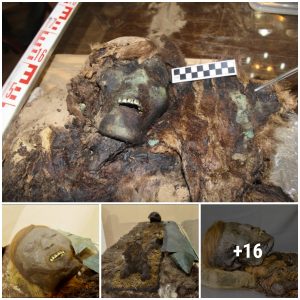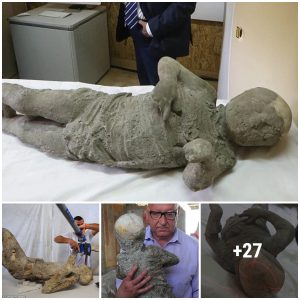Both zoo and museum claim to own the authentic Rascar Capac, which was the cover of one of the adventures written by Hergé.
Tintin arouses passions and, in recent days, conflicts in Belgium. A museum and a zoo claim to own the Amerindian mummy that inspired Hergé for the cover of the album “The Seven Crystal Balls“.
“We don’t attract visitors by promising pandas,” said Alexandra De Poorter, director general of the Royal Museums of Art and History, referring to the Pairi Daiza zoo’s Chinese stars.

Serge Lemaitre, archeologist and curator at the Museum of Art and History (MAH) in Brussels
This zoo, located in the Wallonia region (south) and a mainstay of Belgian tourism, claimed last week that it housed the “authentic mummy named Rascar Capac”.
This represents an affront to the Museum of Art and History (MAH) in Brussels, which guarantees that the creator of Tintin (1907-1983) visited its installations “regularly” and reproduced many objects on display.

Pairi Daiza Zoo Mummy
The controversy did not take long to set in, especially when this cultural institution thought it had convinced everyone ten years ago about the importance of “their” Amerindian mummy.
After veiled accusations of misleading advertising, the zoo lamented “the controversy started by the Royal Museums” and tried to calm tempers by ensuring that no one really knows which mummy inspired Hergé.

The only point of consensus is that the 2,000-year-old mummy with hair and ornaments, acquired by Pairi Daiza in 2008, was part of a 1979 exhibition in Brussels entitled “The Imaginary Museum of Tintin”.
Hergé himself, whose name was Georges Remi, visited this exhibition, conceived for the 50th anniversary of the first album (“Tintin in the country of the Soviets”), based on real objects that inspired his work.

“In Pairi Daiza’s mind, the visit was a kind of validation by the creator that his mummy is the one that inspired him. But it is not”, assures Serge Lemaître, curator of MAH.
According to him, in charge of the Americas collections, a Belgian collector bought the mummy that the zoo has in the 1960s, that is, years after the publication of “The 7 crystal balls” in 1948.

“And in his first comic strips published in 1941 in the newspaper Le Soir, Rascar Capac looks hairless, with his knees very bent, like our mummy”, adds this archaeologist to AFP.
The museum’s specimen arrived in Belgium in 1841 and would have been a farmer and hunter who died at the age of 35 in the early 16th century, near the current Chilean city of Arica, he explains.
To justify his theory, Lemaître says that Hergé attended and lived near this museum in the Cinquantenaire Park and that Professor Bergamotte’s character is actually based on his then-conservative Jean Capart.
In the windows, it is possible to see objects that inspired him, such as cloth dolls, vases of Mochica portraits or pre-Columbian statues, he adds.
But in a final twist worthy of the reporter’s adventures, Philippe Goddin, a renowned expert on Hergé’s work, assures AFP that the mummy from “The 7 Crystal Balls” is not in Belgium.

“We have to stop arguing. Hergé looked at many Inca mummies, but his first depictions of Rascar Capac are essentially based on the Larousse dictionary of the time,” explains Goddin.
And this model, brought from Peru in the collections of French explorer Charles Wiener (1851-1913), is now in the famous ethnological museum of Quai Branly in Paris, he says.
Related video:
